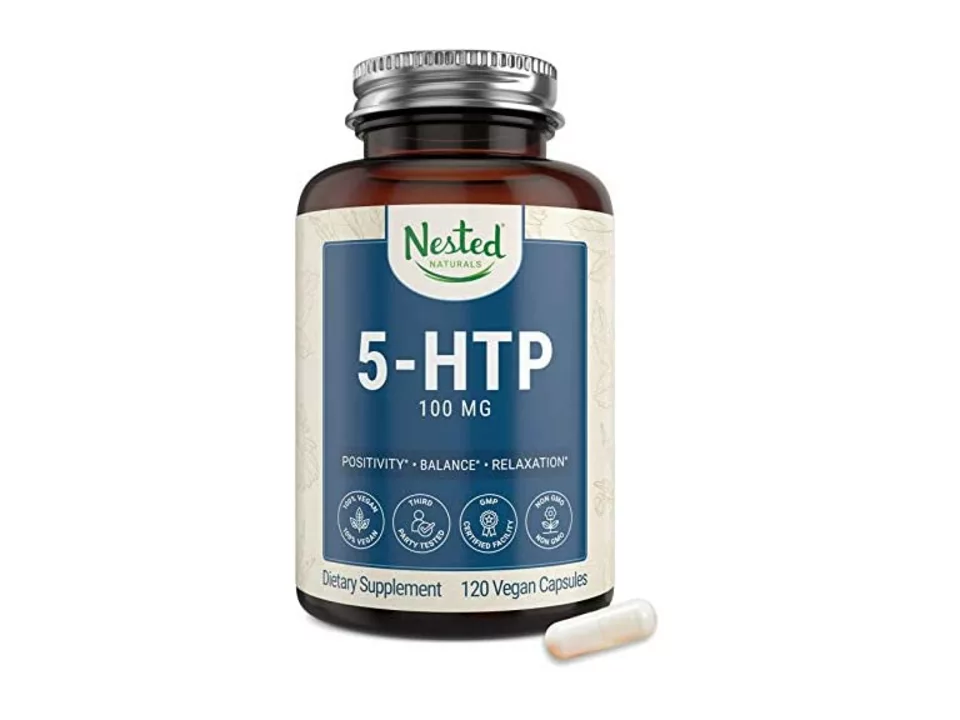Cramp Bark: What It Does and How to Use It
Ever heard of cramp bark and wondered whether it actually helps with cramps? Cramp bark (usually from Viburnum species) is a traditional herb used to relax smooth muscle and ease spasms. People reach for it for menstrual cramps, uterine tension, and tight muscles—often when they want a gentler option than painkillers.
How people use cramp bark
Most common forms are tinctures, capsules, and teas. Tinctures are popular because they act fast—many users take a small dose when cramps start. Capsules are convenient for daily use. Tea from dried bark is milder and works when taken regularly.
Typical traditional doses you’ll see on labels: tincture around 1–2 mL up to three times daily, capsules commonly 300–500 mg per dose, and tea made from 1–2 teaspoons of dried bark per cup. Always follow the product label or a herbalist’s advice—brands vary and concentrations differ.
What does it actually feel like? People report reduced cramp intensity and less tightness in the belly or back. Some use it alongside heat, light exercise, or an anti-inflammatory for better relief.
Safety, interactions, and buying tips
Cramp bark is generally well tolerated, but it’s not risk-free. Because it can relax uterine muscle, avoid using it during pregnancy unless a qualified practitioner recommends it. If you’re breastfeeding, taking prescription meds, or have a bleeding disorder, check with your clinician first—herbs can interact with drugs or underlying conditions.
Watch for mild side effects like stomach upset or drowsiness. If you notice heavier bleeding or unexpected symptoms, stop use and see a healthcare provider.
Want to buy it? Pick products from reputable brands with clear ingredient lists. Look for third-party testing or standardized extracts if you prefer consistent strength. Organic sourcing is nice but not required—purity and transparent labeling matter more.
Quick tips: start with the lowest recommended dose, test how your body reacts, and keep a symptom log for a few cycles if you’re using it for menstrual cramps. If cramps are severe or changing suddenly, get a medical check—cramp bark can help symptoms but won’t replace diagnosis or treatment when something serious is going on.
Curious for more? Check product labels, talk to a pharmacist or herbalist, and compare forms—tincture for quick relief, capsules for routine use, tea for a gentler approach. That will help you pick what fits your routine and health needs.
Experience Fast Relief from Muscle Cramps and Spasms with Cramp Bark: The Ultimate Dietary Supplement!
I recently discovered Cramp Bark, the ultimate dietary supplement for fast relief from muscle cramps and spasms! After trying it out myself, I was amazed at how quickly it eased my muscle tension and discomfort. This natural remedy, derived from the bark of the Viburnum opulus plant, has been used for centuries to treat muscle cramps and spasms. Not only is it effective, but it's also a safer alternative to over-the-counter pain relievers. I highly recommend giving Cramp Bark a try if you're looking for a natural solution to alleviate your muscle pain!





